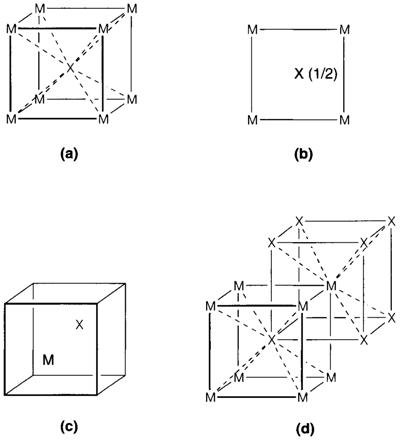Nonstoichiometry
Where a pure molecular substance has a definite stoichiometry, this is not all the time true for solids. Defects in crystals can include interstitials (extra atoms in sites normally vacant in the unit cell) and vacancies (atoms missing from their supposed sites).

An imbalance of defects involving distinct elements can introduce nonstoichiometry. This is general in compounds of transition metals, in which variable oxidation states are possible. For instance, the sodium tungsten bronzes are formulated like NaxWO3, in which x can have any value in the range 0-0.9.
Other form of nonstoichiometry arises from the partial replacement of one element by another in a crystal. It is general in natural minerals, like the aluminosilicate feldspars (Na,Ca)(Al,Si)4O8. The notation (Na,Ca) means that Ca and Na can be exist in similar crystal sites in varying proportions. Concurrent (Si,Al) replacement make sure that all elements remain in their normal oxidation states. Though, this formulation is approximate as various other elements may be exist in smaller proportions.